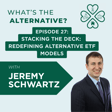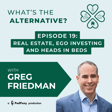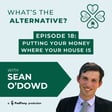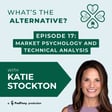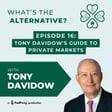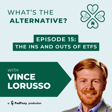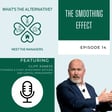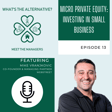
What's the Alternative? | Episode 26 | Riffing on Returns: A Structured Note Playbook with Vinay Tolia
Join Shana Orczyk Sissel, founder and CEO of Banríon Capital Management, as she discusses the ins and outs of structured notes and buffer funds with Vinay Tolia, CEO of Marine Layer Advisors. In this episode of 'What's the Alternative Podcast,' learn about the growing trend of defined outcome vehicles in the investment space, including their complexities, risks, and proper uses. Discover how Vinay's background as a derivatives trader provides unique insights into optimizing structured notes for clients, and why younger advisors might have a different view on these products compared to older generations. This episode is a must-watch for advisors looking to understand the nuances of structured notes and buffer funds to better serve their clients. –
Key Takeaways:
- The evolution and efficiency improvements in structured notes and buffer funds.
- Key differences between calendar offerings and custom offerings.
- Important questions advisors should ask when considering structured products.
- The impact of leverage and understanding risk in defined outcome investing.
Connect with us!

